Essential Guide to Seamless Home Car Charger Installation: Tips for Electric Vehicle Owners
As electric vehicle (EV) adoption accelerates, with projections indicating that by 2030, electric cars could constitute up to 30% of all vehicles on the road, the importance of an efficient home car charger installation cannot be overstated. According to a recent report by the International Energy Agency, the global number of publicly available charging points reached over 1.3 million in 2021, highlighting the growing infrastructure supporting EV usage.
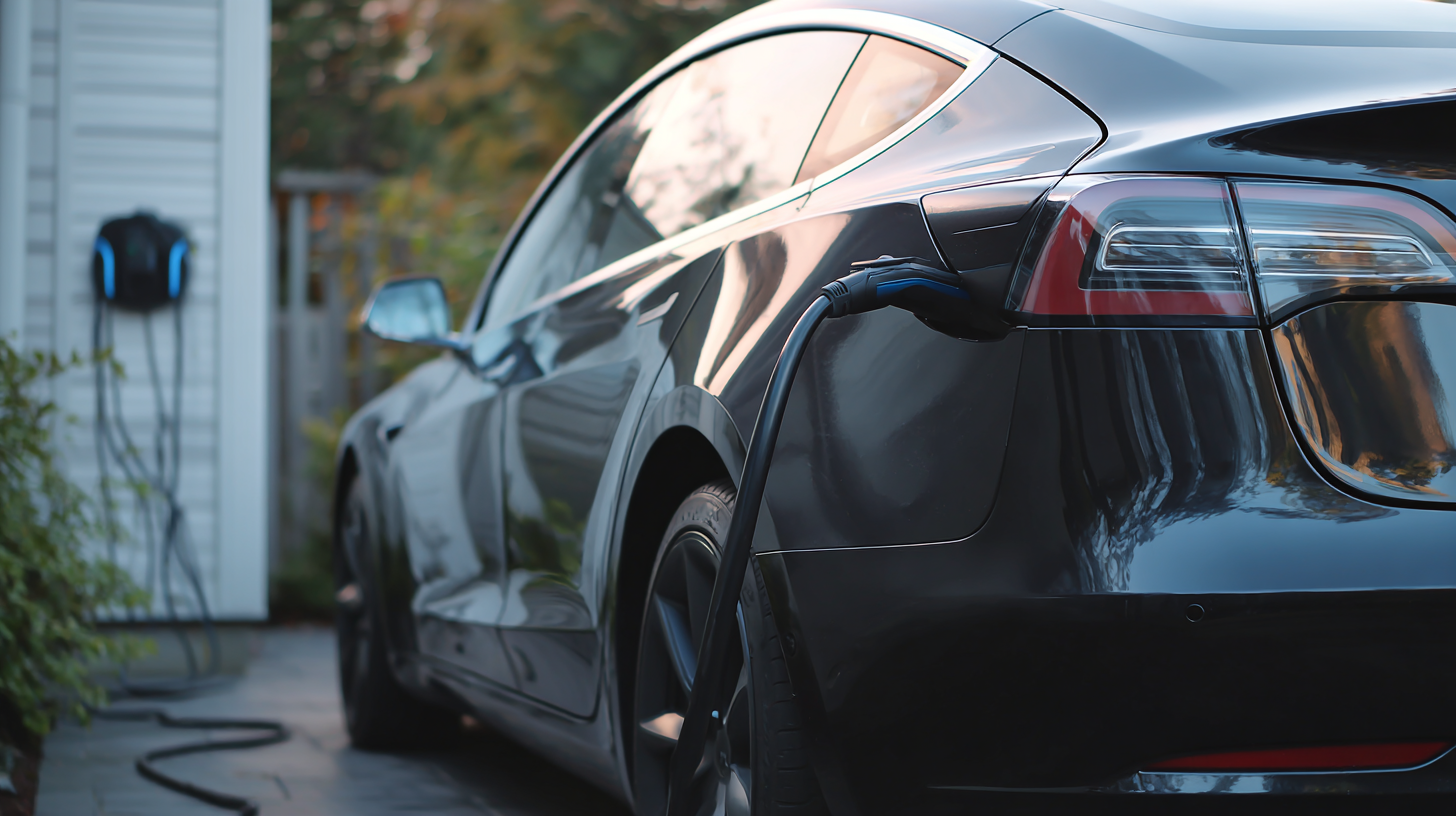
However, a seamless home car charger installation offers numerous advantages, including cost savings, convenience, and the ability to charge vehicles overnight. Additionally, studies indicate that homeowners can increase their property value by installing these systems, making them not just an environmental choice but a financially savvy one as well. This guide aims to equip electric vehicle owners with essential tips to ensure their home car charger installation process is smooth and effective, ultimately enhancing their EV experience.
Key Factors to Consider Before Installing a Home Car Charger
Installing a home car charger is a significant step for electric vehicle (EV) owners, but several key factors should be considered to ensure a seamless process. Firstly, evaluating your electrical system is crucial. According to the U.S. Department of Energy, most Level 2 chargers require a dedicated 240-volt outlet, which may necessitate an electrical upgrade if your home’s infrastructure is inadequate. This assessment will help avoid potential safety hazards and ensure efficient charging times.
When planning your installation, consider the charger’s location. Positioning it near your parking spot minimizes cable length and maximizes convenience. Moreover, factoring in the average charging time is vital; on average, a Level 2 charger can fully charge a depleted EV in 4 to 6 hours, based on the battery size. Tips for choosing the right charger include checking compatibility with your vehicle, as not all chargers work seamlessly with every EV model. Additionally, looking for features like smart charging capabilities can optimize energy use and reduce electricity costs.
Lastly, understanding local regulations and incentives can significantly impact your installation. Many states offer rebates and financing options, making the transition to home charging more affordable. A recent report from the International Energy Agency indicates that as EV adoption increases, having a home charger will not only enhance your driving experience but also contribute to the growing demand for renewable energy solutions.
Step-by-Step Process for Installing Your Electric Vehicle Charger
Installing a home car charger for your electric vehicle (EV) can seem daunting, but with a step-by-step approach, it becomes a manageable task. Begin by assessing your electrical system to ensure it can handle the additional load of the charger. This may require hiring a qualified electrician to evaluate the amperage of your service panel. Next, identify the best location for your charger, ideally close to where you park your vehicle and in a sheltered area to protect it from the elements.
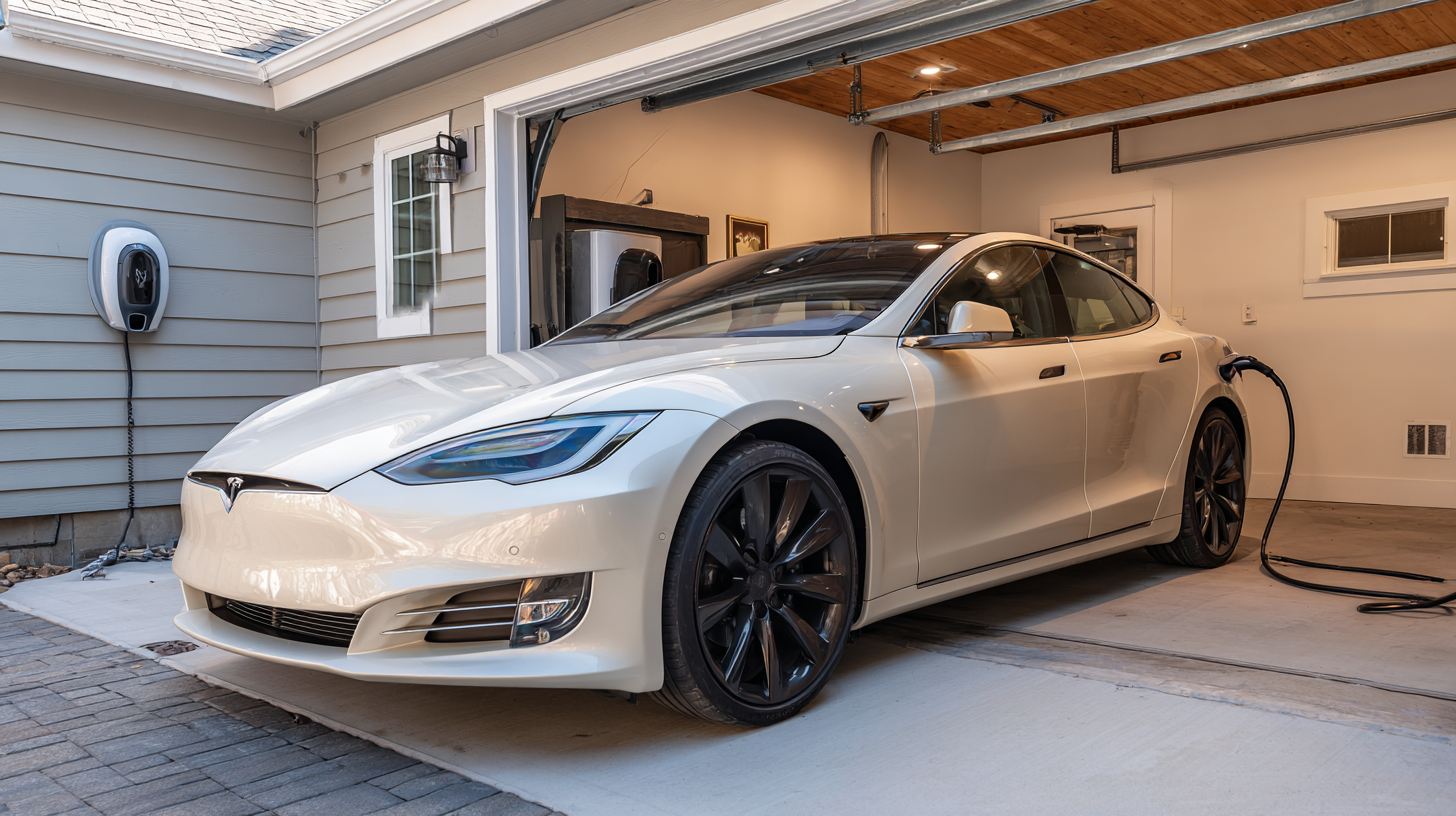
When you’re ready to install, gather all necessary tools and materials, including the charger unit, electrical conduit, and fasteners. Follow the manufacturer’s installation guide carefully and ensure that all wiring is done according to local codes. It’s crucial to connect the charger to a dedicated circuit to avoid overload.
Tips: Always turn off power at the service panel before beginning any electrical work. If you are not familiar with electrical systems, consider consulting or hiring a professional to ensure safety and compliance. Additionally, plan for future scalability—if you anticipate upgrading your EV, it might be wise to install a charger that accommodates higher capacities.
Common Challenges During Home Charger Installation and How to Overcome Them
Installing a home EV charger can be a significant step for electric vehicle (EV) owners, but it often comes with challenges, especially in shared living environments like apartment buildings. One common obstacle is the restrictions imposed by apartment associations, which may ban or limit charging installations. However, savvy owners can leverage government regulations and circulars to assert their right to install chargers, ensuring compliance with local laws while enhancing their charging options. Advocacy and communication with association members can also foster understanding and cooperation.
Another challenge is compatibility between various EV models and charging stations. This can lead to frustrations for owners who may find that their vehicle does not connect properly with existing infrastructure. Additionally, long charging times and technical glitches can deter users from relying on home charging solutions. To overcome these hurdles, it's essential to conduct thorough research on compatible models and invest in technology that minimizes downtime and maximizes reliability. By addressing these common issues head-on, EV owners can ensure a smoother transition to electric mobility in their residential settings.
Common Challenges During Home Charger Installation for Electric Vehicle Owners
This bar chart represents the common challenges faced by electric vehicle owners during home charger installation, expressed as a percentage of frequency. Electrical capacity issues are the most prevalent challenge, followed by location constraints and permit requirements.
Safety Precautions Every Electric Vehicle Owner Should Follow
When installing a home car charger, safety should be the foremost priority for electric vehicle (EV) owners. According to the Electric Vehicle Infrastructure Projection Study, over 17 million EVs are expected to be on the roads in the U.S. by 2030, significantly increasing the demand for safe and efficient charging solutions. This means that proper installation is not just a matter of convenience; it’s crucial for the safety of the vehicle and the home.
Before installation, ensure that you consult a licensed electrician who is familiar with EV charger setups. The National Fire Protection Association reports that faulty wiring and improper installations are the leading causes of electrical fires. Additionally, it's vital to choose a charger that complies with local electrical codes and regulations. Installing a Ground Fault Circuit Interrupter (GFCI) is essential, as it helps to prevent electrical shocks by cutting off power when it detects an imbalance. Remember, investing in safe practices not only protects your property but also enhances your EV ownership experience.
Exploring Different Types of Home Car Chargers and Their Features
When considering a home car charger installation for your electric vehicle, it's essential to explore the different types of chargers available on the market. Level 1 chargers, which utilize a standard 120V outlet, are the simplest and least expensive option, making them suitable for overnight charging. However, if you need faster charging, a Level 2 charger, operating at 240V, can significantly reduce charge time, offering a more efficient solution for regular use.
To ensure a seamless installation experience, here are a few tips: First, assess your electrical panel's capacity—upgrading may be necessary. Next, research local permits and regulations governing charger installations to avoid compliance issues. Lastly, consider your vehicle's charging needs; investing in a smart charger may enhance your experience by providing features like scheduling and real-time energy monitoring.
Additionally, keep an eye out for DC fast chargers, which provide rapid charging for compatible vehicles but typically require professional installation and a more substantial investment. Understanding these charger types and their features can help you choose the best option for your daily commuting needs while enhancing your overall electric vehicle ownership experience.
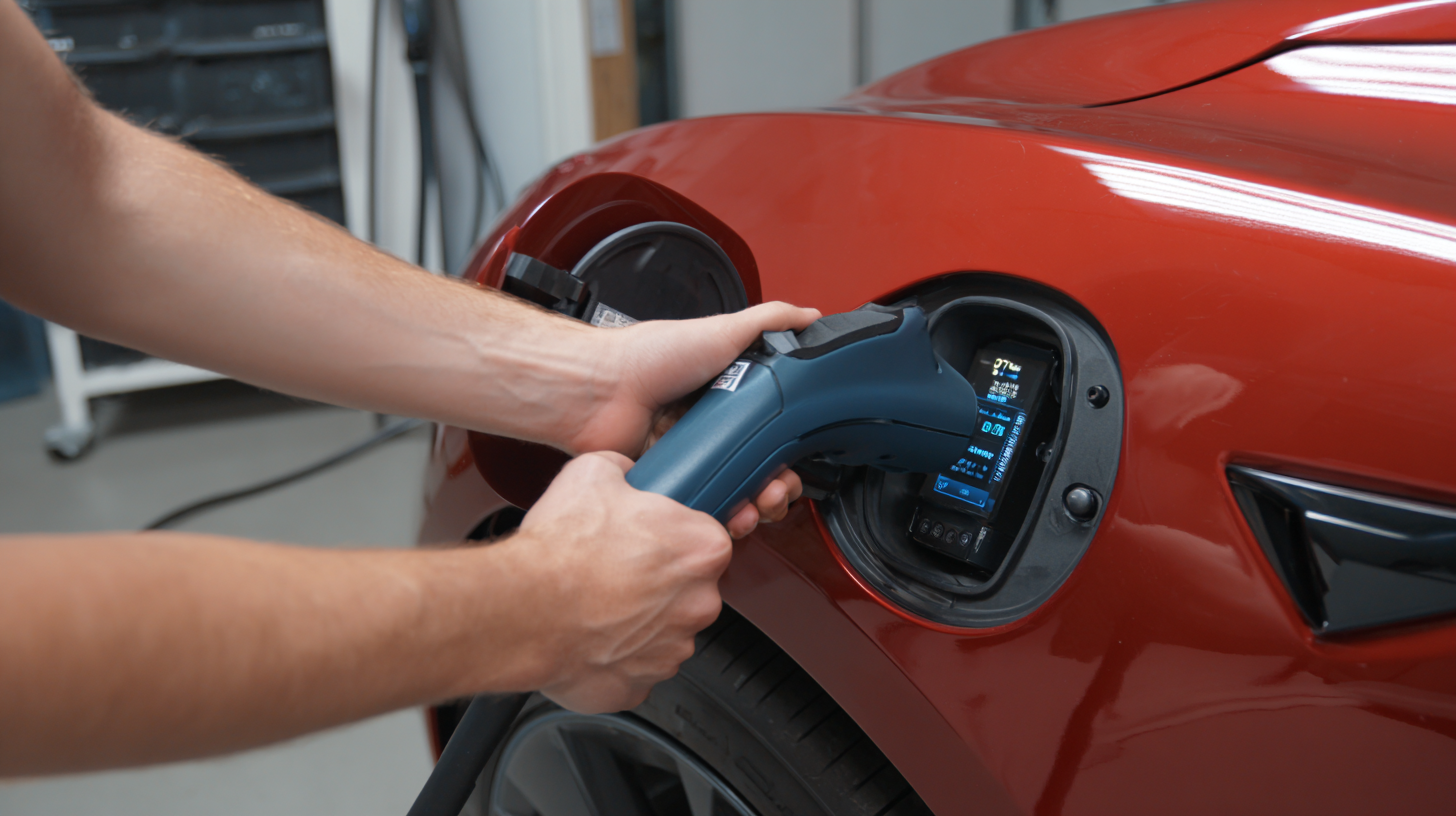
Related Posts
-
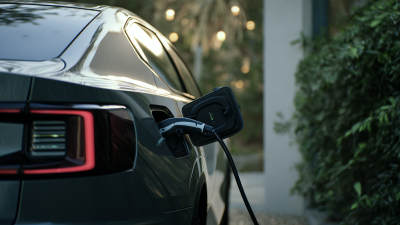
Unlocking the Power of Home Car Chargers for Effortless Electric Vehicle Charging
-
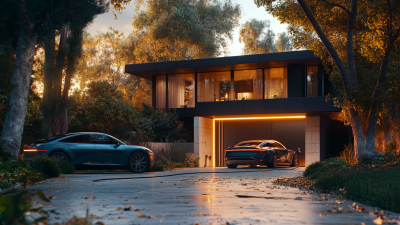
Global Market Insights 2025: Navigating the Future of EV Home Chargers for Savvy Buyers
-

Top 10 Car Charging Station Manufacturers in China at the 137th Canton Fair
-
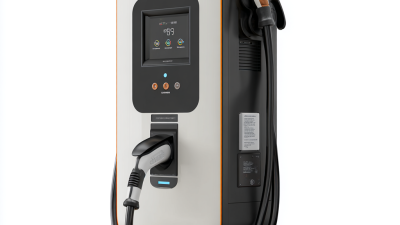
What Makes the Best Chargepoint Ev Charger Essential for Global Buyers
-

Ultimate Guide to Choosing the Best Charging Station for Your Devices
-
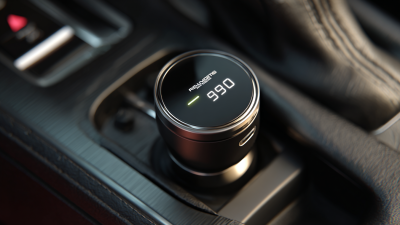
Revolutionizing Charging Solutions: China’s Premier Factory Delivers the Best Home Car Charger to the World
